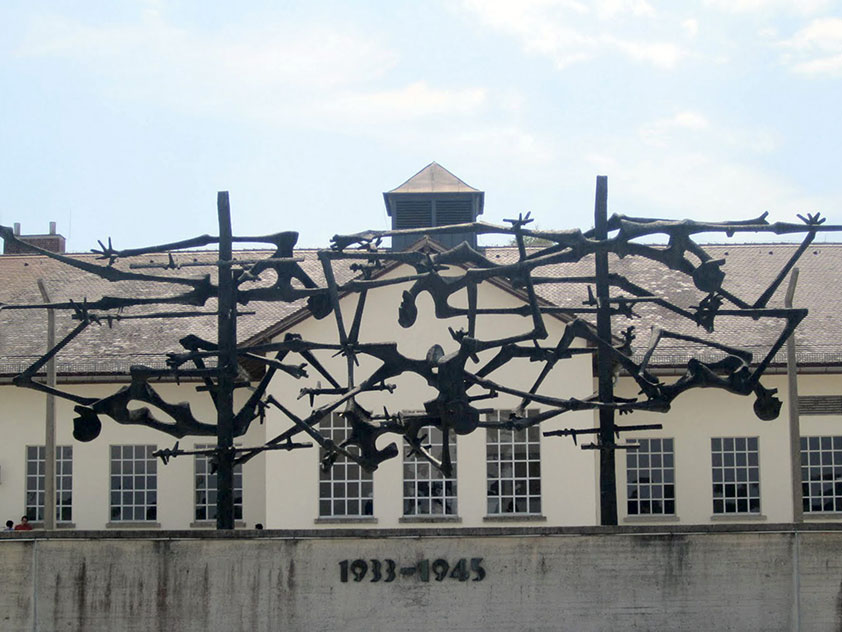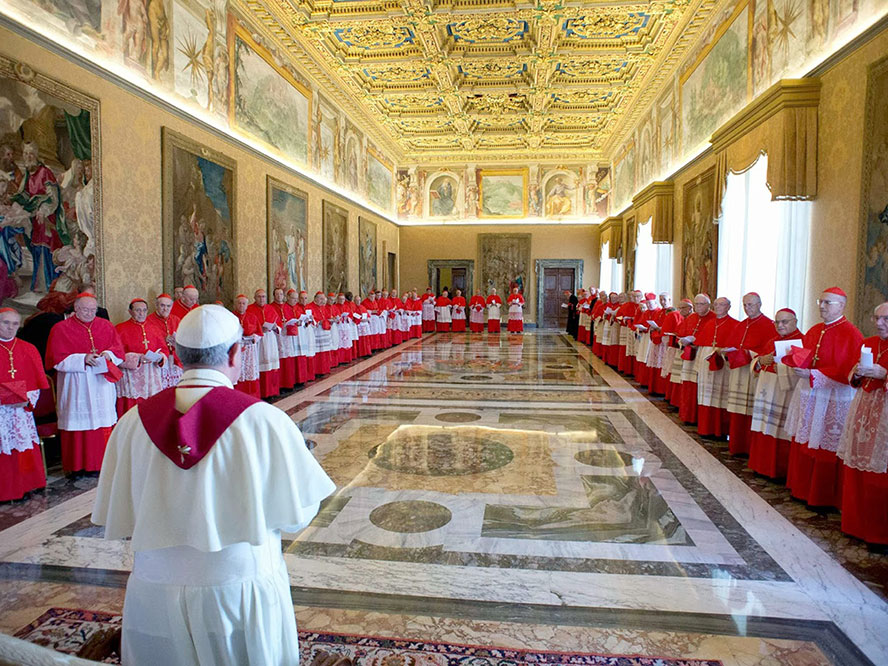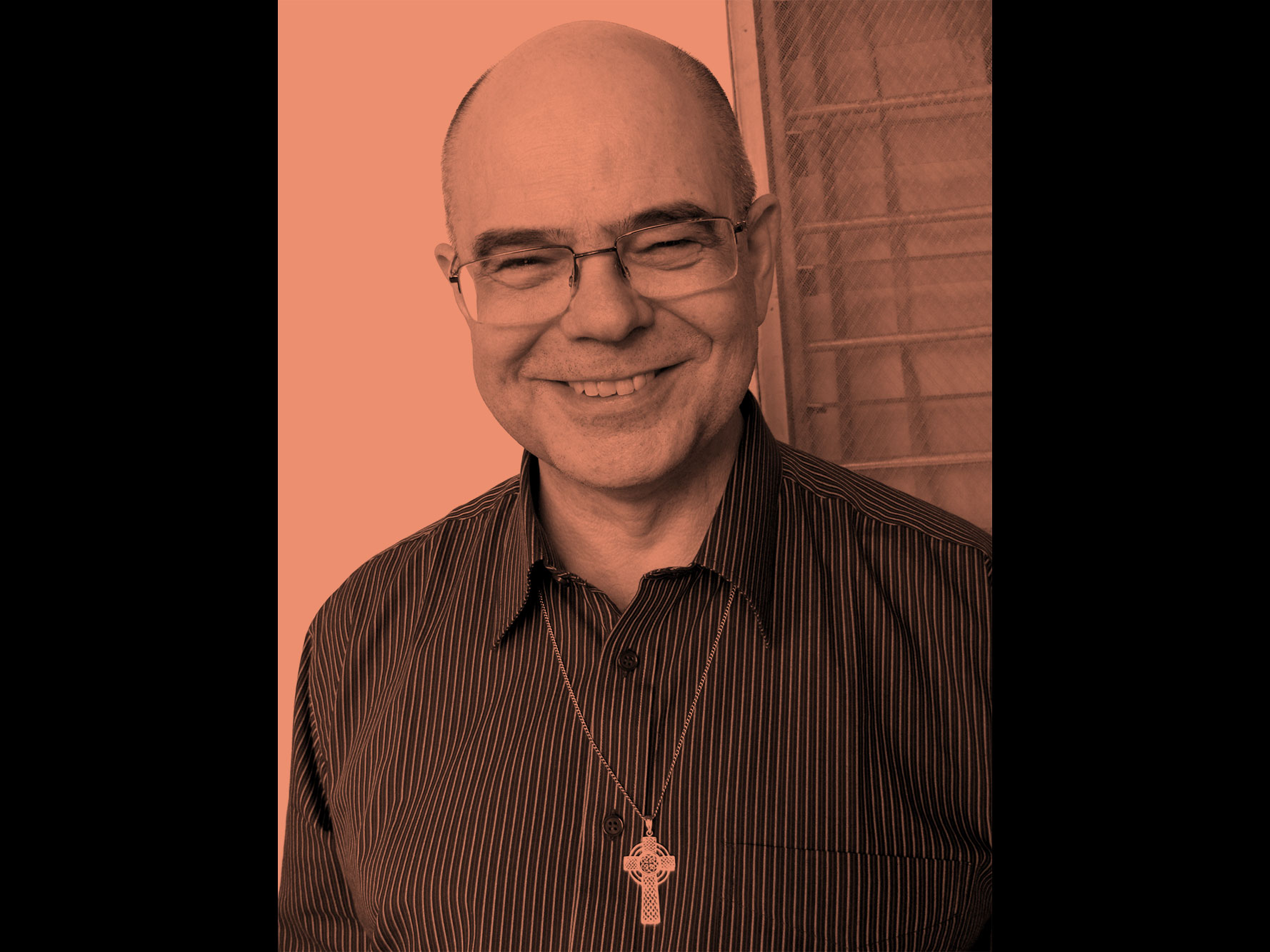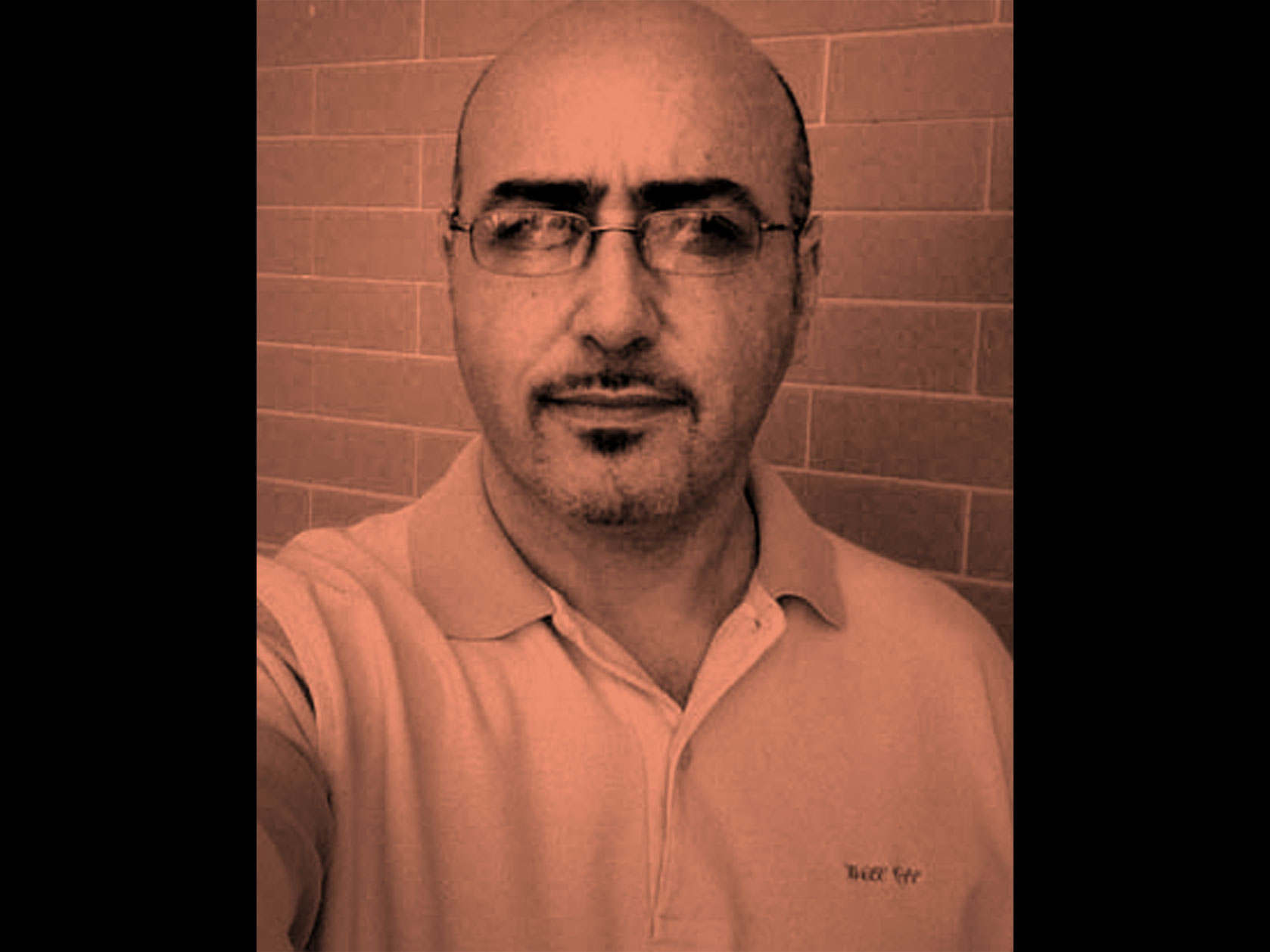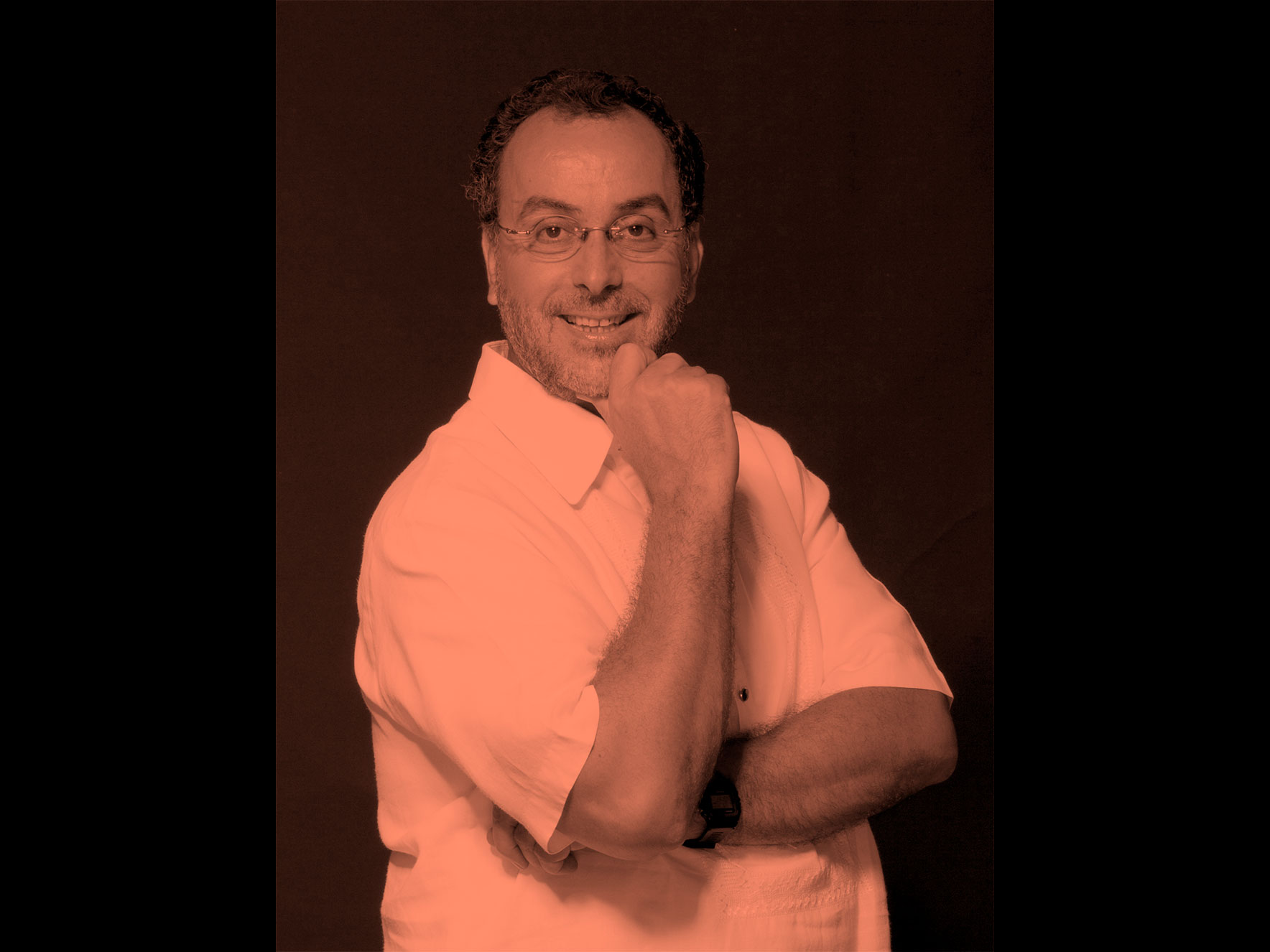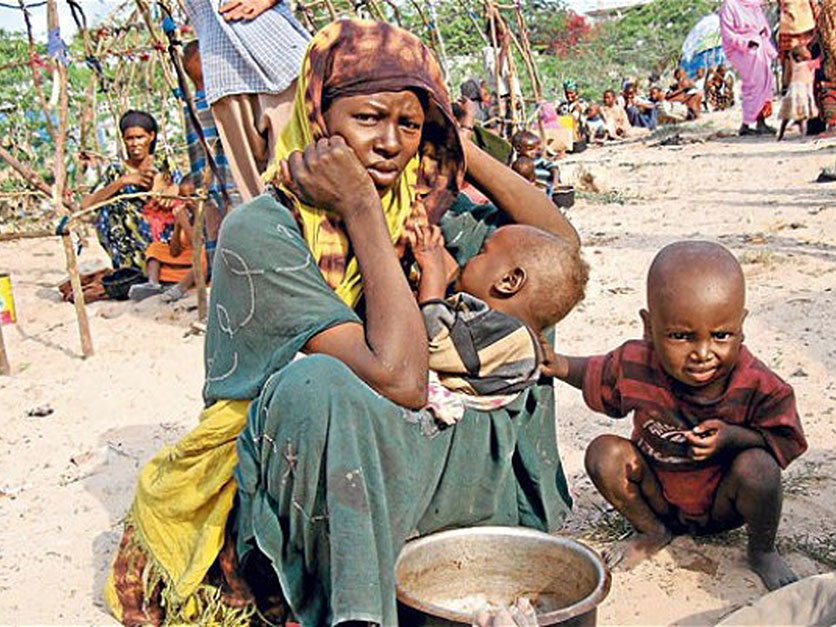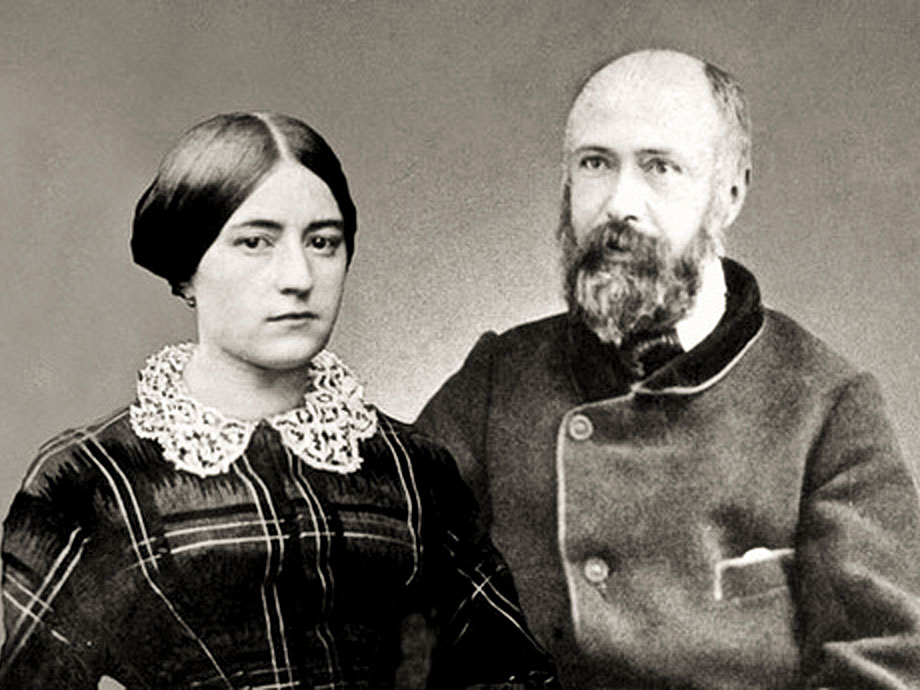His name was Anno Brandsma. He was born in Friesland, a province in the northwest corner of the Netherlands on February 23, 1881. Anno’s ancestors scooped their land from the sea, first with bare hands and later with primitive tools. Living with their faces to the sea and their feet on fertile farmland wrest from the waters, the Frisians are an enterprising and quietly determined people, a distinct and colorful minority in the densely-populated Netherlands. Physically strong, they live very decently and foster all the qualities that have made the Dutch famous: cleanliness, order, intelligence and discipline.
Anno’s father, Titus, a sober and creative man, deeply loved his people and his Catholic faith. He promoted and developed the Frisian cooperative dairy system and immersed himself in local politics. He and his wife Tjitsje had six children, four girls and two boys, whom they reared in an atmosphere of piety, hard work and joy on their large farm. With the exception of one daughter, all of their children entered religious Orders.
PRIEST, PHILOSOPHER, JOURNALIST
Anno completed high school studies with the Franciscans before entering the Carmelite monastery in Boxmeer in September of 1898, where he adopted his father’s name, Titus, as his religious name. His outgoing personality made him a favorite with professors and students. His classmates called him “de Punt,” a nickname meaning “Shorty.” During the early years as a Carmelite, he showed interest in journalism and writing, two activities which would occupy much of his time later on in life.
Titus professed his first vows as a Carmelite in October, 1899, was ordained on June 17, 1905, and after further studies at the Roman Gregorian University, graduated on October 25, 1909 with a doctorate in philosophy. Fr. Titus’ entire priestly life was spent in education, although keeping a keen pastoral sense of people’s needs. He joined the faculty of the newly-founded Catholic University of Nijmegen in 1923, and served as Rector Magnificus, or President, of the University from 1932 to 33. After his term, he resumed his teaching duties and, in 1935, conducted a lecture tour of the Carmelite foundations in the United States.
SHORTY’S HAPPINESS
Despite his busy academic engagements, Fr. Titus always had time for people. The more unfortunate they were, the more time he gave them. When he met people who were hungry, he fed them. If he had no money to give, he brought them to his home. He generously provided clothing, rent, money and consolation to all who came his way. Once he took the blanket off his own bed to warm a poor person.
Kneeling in prayer by the hour, leaning over his desk while preparing his lectures, listening patiently to the words of a suffering human being, counseling a student, sitting before his typewriter with his head concealed by billows of blue smoke from the cigar clenched in his teeth, Fr. Titus Brandsma was a happy man. And he brought happiness to everything he did and to everyone he met.
In 1935, shortly before Titus left for the United States, Archbishop De Jong appointed him spiritual advisor to the mostly lay staff members of the more than 30 Catholic newspapers in the country. The purpose of the appointment was to strengthen relations between the hierarchy and the working Catholic press.
A LOOMING TYRANNY
Adolf Hitler became Chancellor of Germany in January 1933. By that time, he had already set in motion the forces of political fanaticism, racial hatred and rigid party discipline that produced the Nazi dictatorship in Germany and prepared it for expansion into Austria, Czechoslovakia, the Scandinavian countries, Poland, Belgium, the Netherlands, and France.
German tanks bearing the swastika and flying red war banners burst across the Dutch frontier on May 10, 1940, spearheading a blitzkrieg that rapidly crushed all organized military resistance. With armed forces in command and Nazi officials and collaborators in political control, the repression of freedom became the target in Holland. Accordingly, objectors to the occupation were deemed traitors, organized religion came under attack, and Jews were victimized as they had already been in Germany. Catholics came under strict regulation and were subjected to rigid circumstances.
Fr. Titus Brandsma, with sadness and foreboding, correctly interpreted the ominous development of Nazism. In the classroom, lecture hall, and the press, he had warned the Dutch against Hitler’s tyranny. “The Nazi movement is a black lie,” he proclaimed, “It is pagan.” As early as 1935, Titus had joined other Dutch intellectuals in a public denunciation of the Nazi persecution of Jews. His critique of the Nazi movement in Germany and its counterpart in Holland did not escape the notice of the Dutch National Socialist Party. He became a marked man.
THE CATHOLIC RESPONSE
On January 26, 1941, the Dutch bishops announced that the sacraments were to be refused to Catholics who were known to be supporting the National Socialist Movement. The bishops’ letter annoyed the military governor of the Netherlands and made him intensify the persecution against both Jews and Catholics. The Nazi public relations bureau informed Dutch newspapers and journals that they had to accept advertisements and press releases issued by official sources.
Shortly after this memorandum, Archbishop De Jong summoned Fr. Titus to his chancery. “We will respond to them,” he said. “Our answer must be ‘No!’ ” He commissioned Fr. Titus, in his capacity as spiritual adviser of Catholic journalists, to convey the bishops’ response personally to all Catholic editors in the Netherlands. As he traveled from city to city, Fr. Titus was well aware that he was being shadowed by the Gestapo.
AN OPPORTUNITY FOR PRAYER
He managed to visit 14 editors before the Gestapo arrested him on Monday, January 19, 1942. He knelt and received the blessing of his superior. While being brought away, he proudly wore on the lapel of his black clergy suit the insignia which he had received from Queen Wilhemina in August 1939. The officer who arrested him said: “Life in your cell cannot be too difficult for you since you are a monk.” He even allowed him to have his pipe. During his years of intense apostolic activity, Fr. Titus had yearned for an opportunity to spend more time in prayer. The Nazis unwittingly gave him his heart’s desire.
Fr. Titus spent seven weeks in prison at Scheveningen. Alone in his cell, he organized his day to the last minute. He wrote poetry, started a biography of St. Teresa of Avila, composed a series of meditations, wrote two booklets (“My Cell,” “Letters From Prison”), read his breviary and knelt in silent prayer often during the day. He even smoked his pipe on schedule – until January 29, the feast of St. Francis de Sales, patron of Catholic journalists, when the guards peremptorily took away his pipe and tobacco. Unaffected by this, Fr. Titus struck smoking time from his daily schedule.
NAKED IN THE FREEZING RAIN
On March 12, he was transported in a convoy with about one hundred other prisoners to the notorious penal depot at Amersfoort. They arrived there at night and the guards ordered the prisoners to stand naked in the freezing rain. After several hours, the drenched and shivering men were herded into barracks, handed prison uniforms, and allowed to dress.
Fr. Titus, Number 58, was assigned to a group that will build a shooting range in the forest surrounding Amersfoort. The prisoners, who were poorly equipped for the job of cutting trees, removing stumps, and clearing ground, often dropped exhausted in their tracks. Disease, dysentery and despair were prevalent throughout the camp. When the hospital became overcrowded, the sick were taken on truck rides from which they never returned.
HOPE AMID SUFFERING
Released prisoners spoke of Fr. Titus’ good spirits, courage and generosity. “He frequently gives up a portion of his meager rations,” they reported, “to help other starving prisoners. Particularly touching was his care and concern for the Jews.” The guards strictly prohibited any priest or minister from giving spiritual counsel, and viciously punished violators. Jailers beat transgressors to death or maimed them for life.
Fr. Titus quietly and coolly defied the ruling. On the days preceding Good Friday, he gathered groups of prisoners and led them through meditations on Christ’s Passion and the Stations of the Cross. Prisoners came to him every morning and night to ask for his blessing. He managed to hear confessions and even visited the sick and dying in the hospital. Fr. Titus urged prisoners who could hardly bring themselves to forgive their brutal captors to “pray for them.” Unfortunately, he was transferred to the infamous Dachau concentration camp.
THE DARK TUNNEL
Dachau, one of Germany’s oldest concentration camps, held over one hundred thousand prisoners from the time of its founding in the early 1930s. Eighty thousand prisoners died there. Three barracks in Dachau were reserved for about 1,600 clergymen. “You will be in hell,” a Dachau veteran told Fr. Titus when he was assigned to one of the barracks. “There,” the prisoner added, “men die like rats.” Of two thousand Polish priests imprisoned there, almost half died before the war’s end.
From the very moment Fr. Titus entered the camp, his calmness and gentleness infuriated his captors. They beat him mercilessly with fists, clubs and boards. They kicked, punched and gouged him, drawing blood and oftentimes leaving him nearly unconscious in the mud. The camp had a Catholic chapel where priests celebrated Mass every day. Prisoners were not allowed to attend, but bold inmates somehow were able to get and smuggle sacred hosts out to other prisoners.
One time, Fr. Titus received the host in a tobacco pouch. Shortly after he got the pouch, he was clubbed and kicked mercilessly by a guard. During the beating, he kept one arm clenched tightly to his body. Finally, he managed to crawl away from the enraged assailant and dragged himself to his bunk. A fellow Carmelite prisoner came to comfort him. “Thank you, Brother,” Fr. Titus said, “but don’t have pity on me. I had Jesus with me in the Eucharist.”
The prisoners’ day began at 4 a.m. All day long, guards chased them, exacted extra hours of labor, cut their miserable rations, harassed, hounded, beat and bludgeoned them. Work began at 5:30 a.m. and continued until 7 p.m., with a lunch break.
Fr. Titus soon contracted a severe foot infection. The open sandals which prisoners wore caused his feet to blister; fluid discharged from the wound. At the end of the workday, fellow prisoners often carried him to the barracks. Father Urbanski, a Polish prisoner, who more than once carried him, remembered: “So even-tempered and approachable was he, so cheerful in the midst of disaster which was threatening us from all sides, that he deeply touched our hearts.”
Fr. Titus continuously exhorted his fellow prisoners: “Do not yield to hatred. Be patient. We are here in a dark tunnel but we have to go on. At the end, the eternal light is shining for us.” In the last letter he sent home, Fr. Titus, broken in body, full of infection, bruised, and with hardly a sound spot within or without, wrote: “With me, everything is fine. You have to get used to new situations. With God’s help, this is working out all right. Don’t worry too much about me. Yours in Christ, Anno.”
Although he knew his days were numbered, Fr. Titus always refused to enter Dachau’s hospital. In that hellish place, doctors used prisoners for medical experimentation. Many human guinea pigs suffered frightfully before dying indescribable deaths. Those who survived were ruined for life.
However, Fr. Titus had no choice. He was brought to hospital and immediately he, too, became a subject for experimentation. In the afternoon of Sunday, July 26, 1942, the doctor in charge of his case ordered him injected with a deadly drug. Within ten minutes Fr. Titus Brandsma, who brought happiness wherever he went on this earth – even to Dachau – was dead. He was declared a Blessed by Pope John Paul II on November 1985. Since then, the promotion of his cause for sainthood has been in progress.
A CARDINAL AND A QUEEN
Although Fr. Titus Brandsma’s life ended on that day in 1942, his witness and profound effect on Christians continues to this day. Those who knew him, both the powerful and the ordinary, very much attest to this:
“‘Probamur dum amamur: we are tested because we are loved.’ This we can fairly and accurately retain as his life’s motto. He has sealed it with his death. As long as I live I will always have before my eyes the figure of Father Brandsma, with whom I have so often spoken during the war years and whom I have always admired for his courage and clear insights. Repeatedly have I asked his advice. I regard him as a martyr” (Cardinal Jan de Jong).
“Professor Brandsma was always cheerful and he also knew how to suffuse his environment with this cheerfulness. He was interested in all possible kinds of problems, and he was not in the least impressed by the methodical terrorism by which they were trying to break us, mentally and physically” (Prof. Dr. J. G. G. Borst).
Fr. Brandsma’s life, despite the suffering he endured, continues to be a testament of how a life dedicated to Christ is a life worth living.
* Reference: carmelnet.org/brandsma

